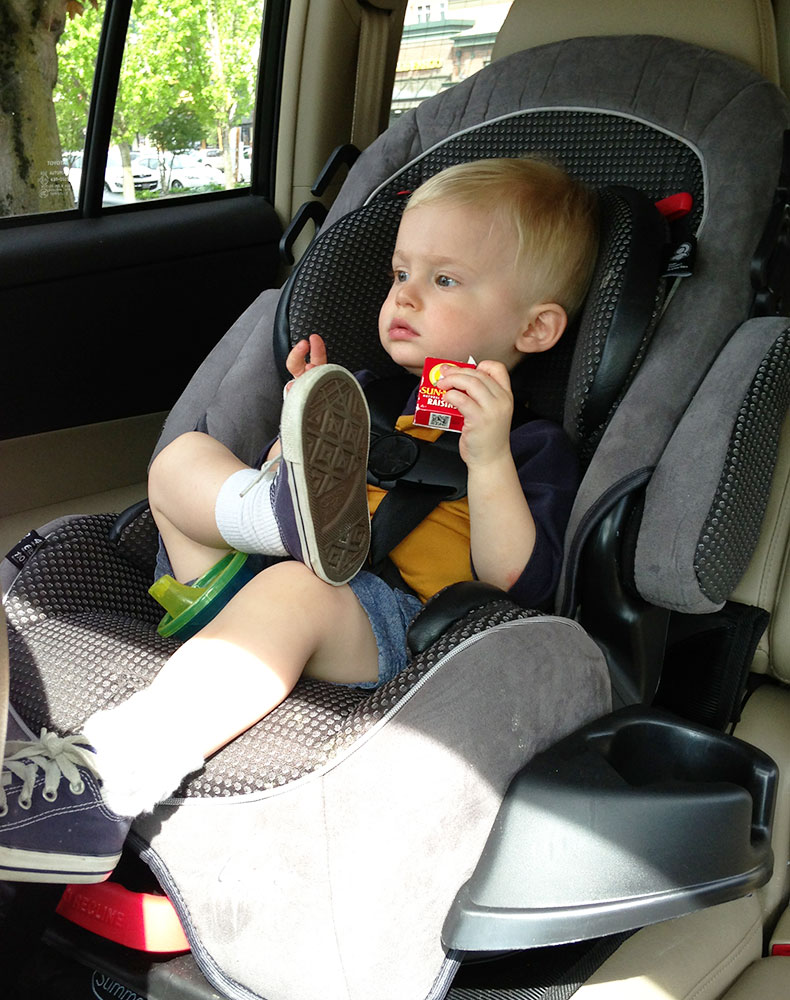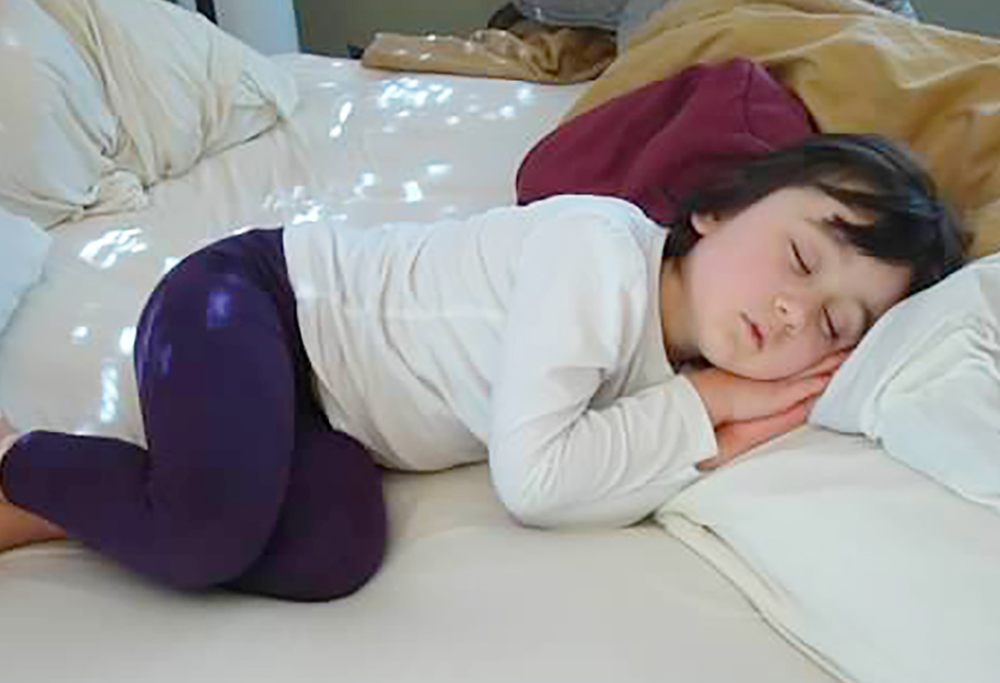By Dawn Van Osdell
There’s a lot of contradictory and downright erroneous parenting info floating around out there. We’re not afraid to tackle it head-on!
You may be past the days of coaxing your newborn to sleep through the night, or convincing your toddler to get in bed while his older siblings are still awake. But sleep challenges don’t always disappear when your little one graduates to the big kid bed! This month, we
turned to psychologist and family sleep coach Sasha Carr, Ph.D. to help us bust three myths about sleep challenges related to growing children.
Myth #1: We have so much to do after school—activities, homework, dinner, spending time together as a family. It’s okay to push bedtime back to a later hour, since my child will be extra tired and is sure to sleep better.
Truth: It may seem reasonable to keep kids up later so we can squeeze more into our busy evenings, but the latest sleep research tells us that this isn’t a wise or productive solution. Although most young children naturally wake between 6:00 and 7:00 am, they are more likely to wake even earlier if they’ve gone to bed later, since overtired kids don’t sleep as well. They often have a hard time staying asleep through the night, or wake super early and aren’t able to go back to sleep, explains Carr. It’s important to stick to a reasonable bedtime so kids can load up on what Carr calls the “power hours” of sleep, that early, non-REM sleep time when we all sleep more soundly; this way, kids will easily be able to fall back to sleep after those normal, brief awakenings in the second half of the night.
You can make getting a good night’s sleep a priority in your house by holding tight to a reasonable bedtime. To get there, carefully consider which after-school activities are best for your child and your family and, when possible, scale back or move some of them to the weekends.
Myth #2: My child isn’t a baby anymore so he doesn’t need a bedtime ritual. Plus, now that he stays up later, I’m too tired to keep the routine going.
Truth: Bedtime routines can become like death marches for parents, especially if they’re too long and complex, or if they drag on too late into the evening. “While it’s tempting to cut your exhausted self some slack and skip the ritual, keep at it,” says Carr. Routines are reassuring even to older children, giving them consistency and calm and as a result, helping them fall asleep. If you already have a routine, work on shortening or simplifying it, so it’s easier for you to stick with it.
Thirty minutes is the ideal amount of time to be fully engaged with your child at the end of their day. So if bedtime stretches too far into the night, consider starting your bedtime routine a half hour earlier. If you always read three books, cut back to two. If you have more than one child to put to bed, save your sanity by adjusting your routine so that it includes everyone and accommodates age differences; alternate reading a chapter and picture books aloud, or have an older child read to his younger sibling, for example.
 Myth #3: My child finally sleeps through the night and it’s going to stay that way forever!
Myth #3: My child finally sleeps through the night and it’s going to stay that way forever!
Truth: Bravo to you for reaching this amazing sleep milestone! But be aware that sleep habits can change as kids grow and also change. It’s not unusual for preschoolers to have difficulty falling asleep at night, especially during a period of change, such as starting school; and some children experience night terrors—similar to nightmares although much more disruptive to the rest of the family than to the child having them—typically between the ages of 3 and 12.
Also, interestingly, Carr points out that many children progress to an 8:00 pm bedtime as they get older, but our bodies’ circadian rhythms give us a
boost of a hormone called cortisol right around this time, which makes us more alert and therefore, less able to fall asleep. Outsmart it when the time comes, either by putting kids in bed before 8:00 pm (if they’ll stand for it), or establishing an 8:00 pm quiet time in which they can read or lie around before lights out, with the aim of having them drift off to sleep by 8:30 pm.
Photographs courtesy of UrbanSitter



